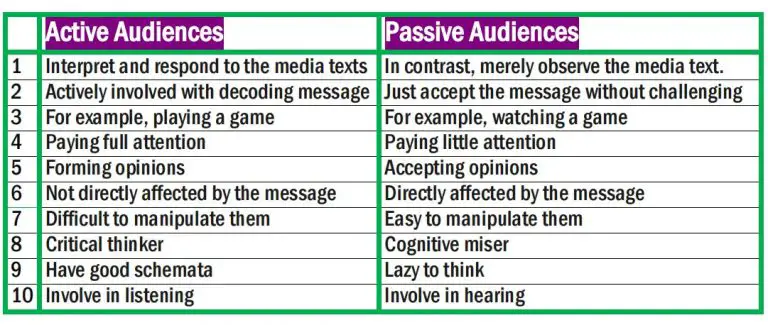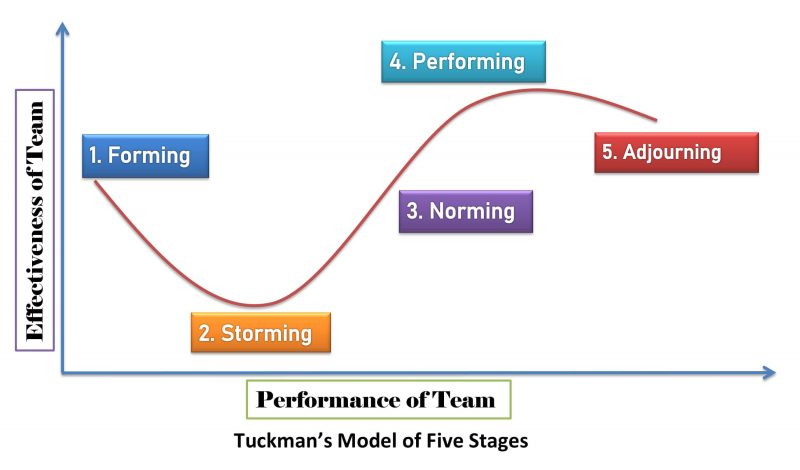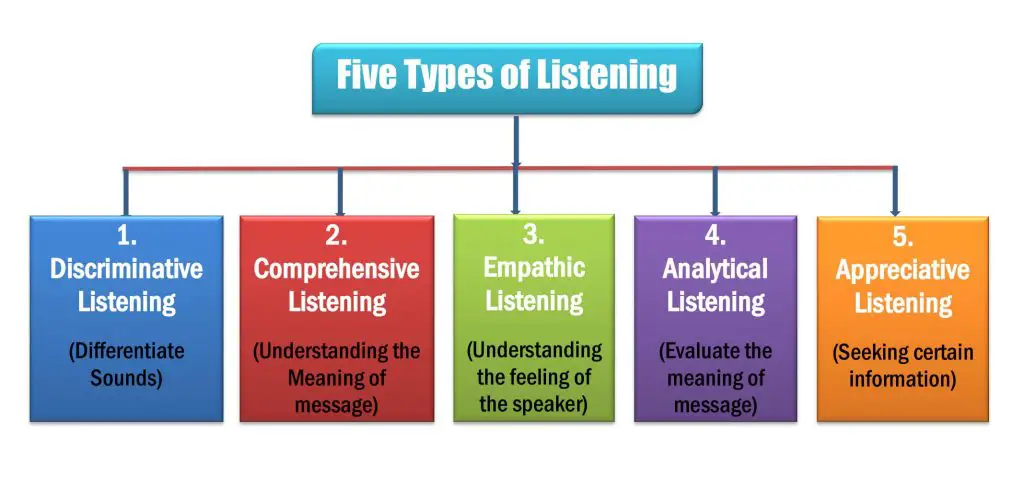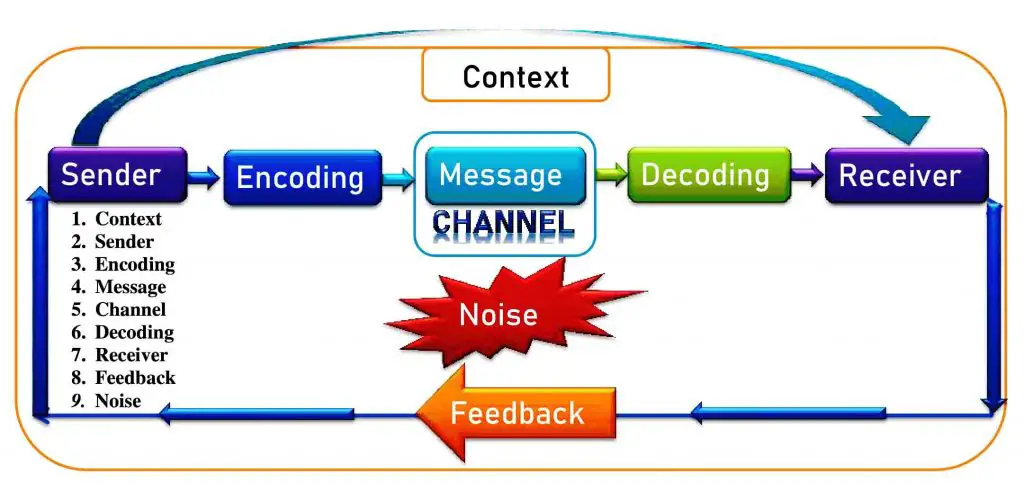www.newsmoor.com is an Educational Website For Sharing Information. Communication, Definition, Process, Components, Example and Academic Article.
Tuesday, March 30, 2021
Thursday, March 18, 2021
Film Review of 3 Idiots for Students- Example of 3 Idiots Film Review PDF
Film Review of 3 idiots for Students- Example of 3 Idiots Film Review PDF. Film review of 3 idiots. How to write a film review of 3 idiots. Short film review of 3 idiots for students.
Film Review of 3 idiots for Students
Description of the 3 Idiots Film
The 3 Idiots is a 2009 Indian comedy-drama film directed by Rajkumar Hirani. It has managed to secure the position in the top Bollywood movie list. It is one of the best motivational blockbuster films in the history of Bollywood. The 3 Idiots film has become the highest-grossing opening day collection film and highest opening weekend collection film in the history of Bollywood film in India. The 3 Idiots is one of the first Indian films that earn Rs 200 Crores net at the box office. However, it earned Rs 395 crores globally.
Company Rules and Regulations: Sample of Rules and Regulations of Company
Company Rules and Regulations, Company Rules and Regulations for Employee also Business Rules and Regulations. How To Write the Rule and Regulation of Company.
Table of Contents:
- Company Rules and Regulations
- Company Rules and Regulations For Employees
- Business Rules and Regulations
Click Here To Read Full Article-
Company Rules and Regulations
Company rules and regulations mean a set of written policies made by the company higher level of authority and bound to follow all employees and stakeholders. Rules and regulations help the organization to protect from any kind of legal claims and maintain the business with a positive work environment.
Active and Passive Audience Definition, Theory, Differences & Examples. Difference between an active and passive audience
Active and Passive Audience Definition, Theory, Differences & Examples. Difference between an active and passive audience. Example of Active and Passive Audiences. Finally, what is the Active and Passive Audience Theory?
Table of Contents
- Active and Passive Audience.
- Example of Active and Passive Audiences.
- What is the difference between an active and passive audience?
- What is the Active Audience Theory?
Click Here Active and Passive Audience
Active audiences: Active audiences are those people who receive media information actively as well as make sense of the messages based on their social and personal contexts. They listen to the media messages rather than hearing them only. However, active audiences receive media information actively but the act of receiving media information is unintentional. So, active audiences pay full attention to receive information and interpret them to give feedback.
TV Program Proposal Sample: How To Write a TV Program Proposal
TV Program Proposal Sample: How To Write a TV Program Proposal. TV Program Proposal: How To Write a Proposal For Television Program. The Full instruction of Writing TV Proposal For Al-Hijrah Malaysian Television.
TV Program Proposal
The TV program proposal means a written complete description of a TV show that describes the full procedure of the program. The proposal must include the program name, estimated budget, description, execution procedure, target audience segmentation, uniqueness, and justification of the program. A TV program proposal outlines the Television show thoroughly so that media authority identifies the output and future of the program.
Elements of TV Program Proposal
- Name of Program
- Description of Program
- Target audience
- The budget of the program
- Justification
- Execution of the Program
- The team
- The uniqueness of the program
- The strengths of the program
Tuckman’s 5 Stages of Group Development Model Pros & Cons. Advantages and Disadvantages of Tuckman’s Model.
Tuckman’s theory of communication, Pros & Cons of Tuckman’s Theory. Tuckman’s 5 Stages of Group Development are Forming, Storming, Norming, Performing, and Adjourning. Advantages and Disadvantages of Tuckman’s Model.
Tuckman’s Theory of Group Development
Discriminative, Comprehensive, Empathic, Analytical & Appreciative Listening
Discriminative Listening, Comprehensive Listening, Empathic Listening, Analytical Listening, and Appreciative Listening. Examples of the Five Types of Listening. Difference between Discriminative Listening and Comprehensive Listening.
Listening Definition
Listening means hearing and interpreting the message intentionally to provide feedback. It is an active process of giving attention to hear the sounds. The active listening process has six steps such as receiving, selecting, interpreting, understanding, evaluating, and responding to the message. Therefore, listening is the ability to receive, select, interpret, understand, evaluate, and appropriately respond to the meaning of another person’s spoken and nonverbal messages. There are many types of listening that people use to communicate with each other.
Click Below Link To Read Full Article
Advantages and Disadvantages of Small Group Communication
Advantages and Disadvantages of Small Group Communication or Discussion. Six Advantages and Disadvantages of Small Group or Team Communication.Group communication
Group communication means intercommunication among a number of people who interact regularly to achieve a goal.
Click Below To Read the Full Article-
Advantages and Disadvantages of Small Group Communication
Small group communication
In similar, Small group communication means intercommunication among a small number of people who communicate regularly to achieve a goal. It is also known as a small group discussion or team interaction. Small group communication is very important for group learning.
Introduce Yourself in Viva- How To Introduce Myself in Viva & Interview
Introduce Yourself in Viva- How To Introduce Myself in Viva Voce and an Interview in English. How to Introduce Yourself Professionally in Viva Exam. Self-introduction for Viva. How to Introduce Yourself in a Viva Presentation. How to Introduce Myself in School, College, or University.
Click Below To Read the Full Article-
Introduce Yourself in Viva- How To Introduce Myself in Viva & Interview
Monday, March 15, 2021
Communication Elements- 9 Elements of Communication Process
Communication Elements, the Elements of Communication are 1. Context, 2. Sender, 3. Encoder, 4. Messages, 5. Channel, 6. Decoder, 7. Receiver, 8. Feedback, and 9. Noise or Barrier. Additionally, Definition and Examples of the 9 Elements or Components of Communication.
Information Source- https://newsmoor.com/communication-elements-9-components-of-basic-communication-process/







